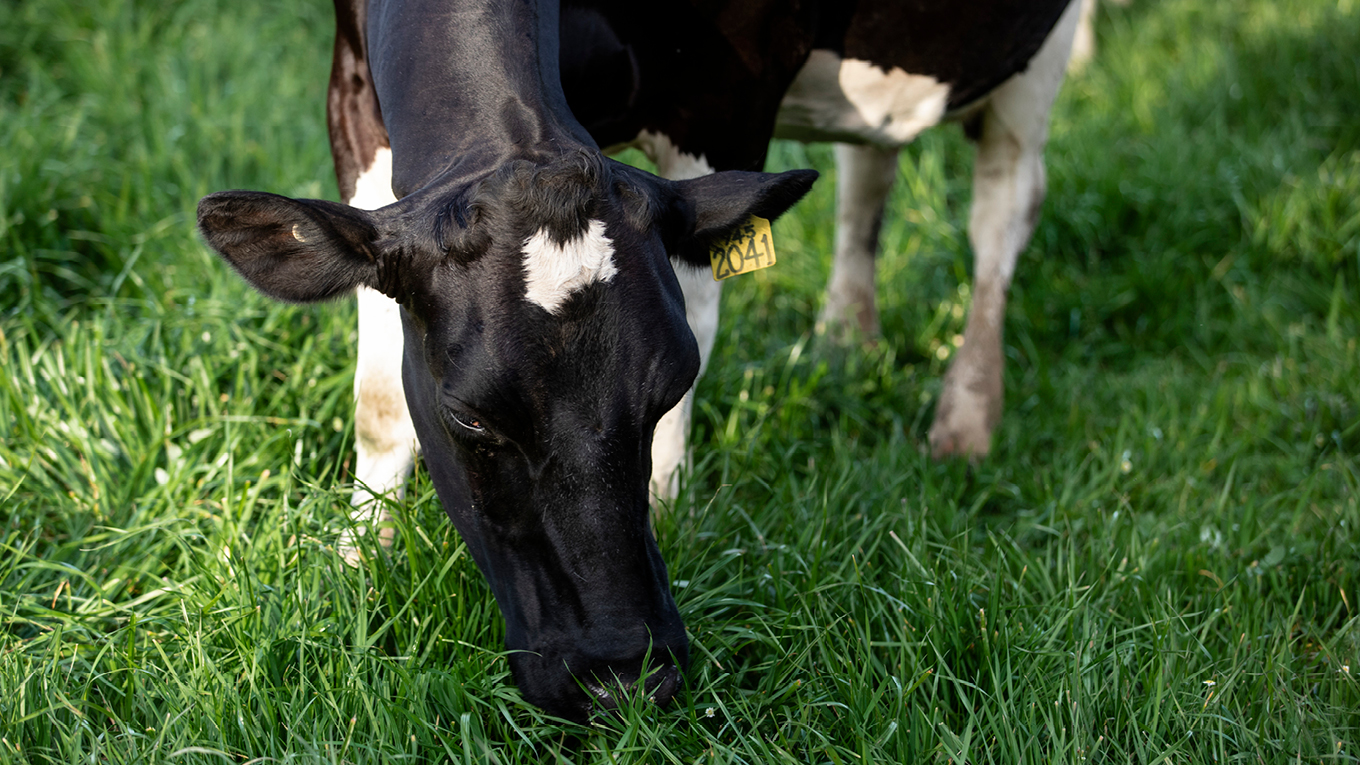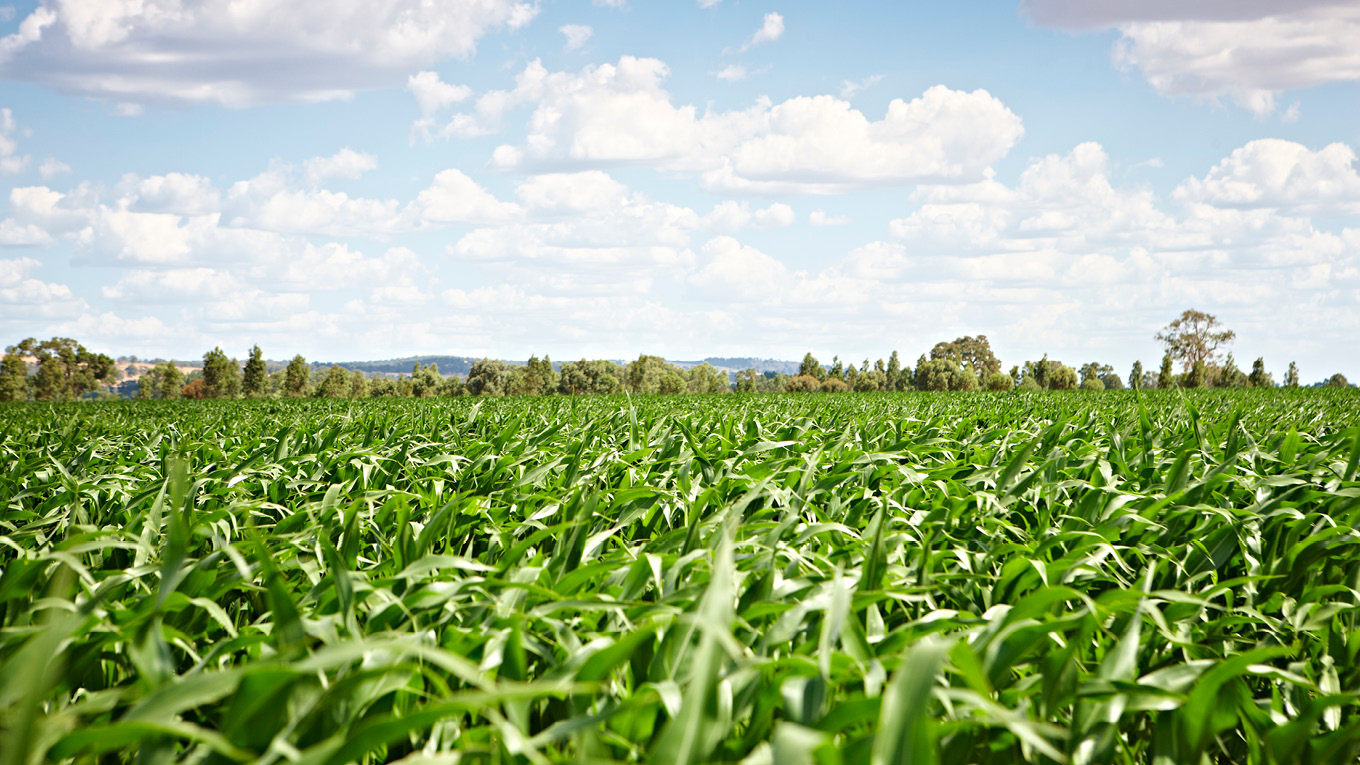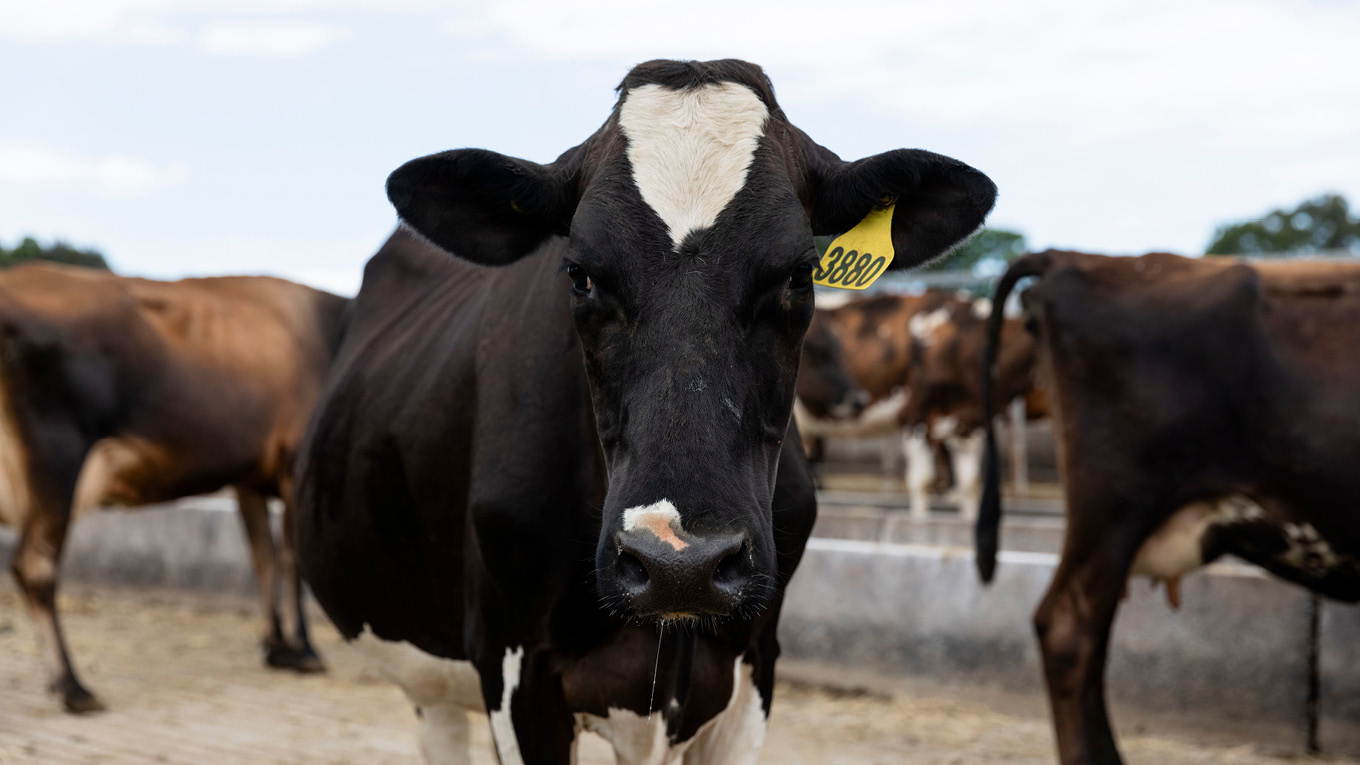Diploid & Tetraploid Ryegrass
Diploid Ryegrass v Tetraploid Ryegrass
The ploidy of a ryegrass cultivar is an important point to understand when choosing a cultivar for the farm or even specific paddocks of the farm. All ryegrass cultivars will either be diploids or tetraploids. The main difference between them is that tetraploids have four chromosomes per plant cell while diploids have two.
Diploids
Diploid plants have a lower water content per cell and have a greater dry matter per kilogram of pasture than tetraploid plants. Because of this, diploids tend to have more tillers per plant, but leaves are generally smaller and thinner. However, similar protein levels are present in both ploidys.
Diploids are therefore often considered more suitable on farms where overgrazing and pugging may occur during the year or in systems with higher stocking rates.
A negative of diploids is their slightly lower metabolisable energy compared to tetraploids. This is due to a lower ratio of soluble carbohydrates to fibre within the plant. They also tend to be less clover-friendly, as the dense ground cover provided by diploid pastures can shade out and out-compete clover plants.
Anecdotally, there are some reports that diploids are more persistent than tetraploids. However, this is likely to be very cultivar specific.
Tetraploids
Tetraploid ryegrasses are more palatable, and therefore cows grazing tetraploids tend to have a slightly higher dry matter intake. Tetraploid swards are often more open and have less ground cover than diploids. This can be a challenge in grazing systems where there is higher stocking rates and can also lead to more issues with weed control due to the greater level of exposed ground area.
Tetraploids tend to have marginally higher metabolisable energy levels than diploids, which leads to better milk yield responses and better post-grazing residuals as cows are more motivated to eat tetraploid grasses. The more open sward in a tetraploid stand of ryegrass means it is more suitable for sowing clover in a mix, as the tetraploid will offer a better opportunity for the clover seed to establish than a diploid cultivar.
However, tetraploids require a high level of careful management, particularly in wetter conditions, and problems with the persistence of a tetraploid can occur if it is not managed correctly.
Dairy Australia's Choosing the right cultivar page can help farmers choose the most profitable cultivar of ryegrass for their farm, and also clearly indicates the ploidy of each cultivar.


